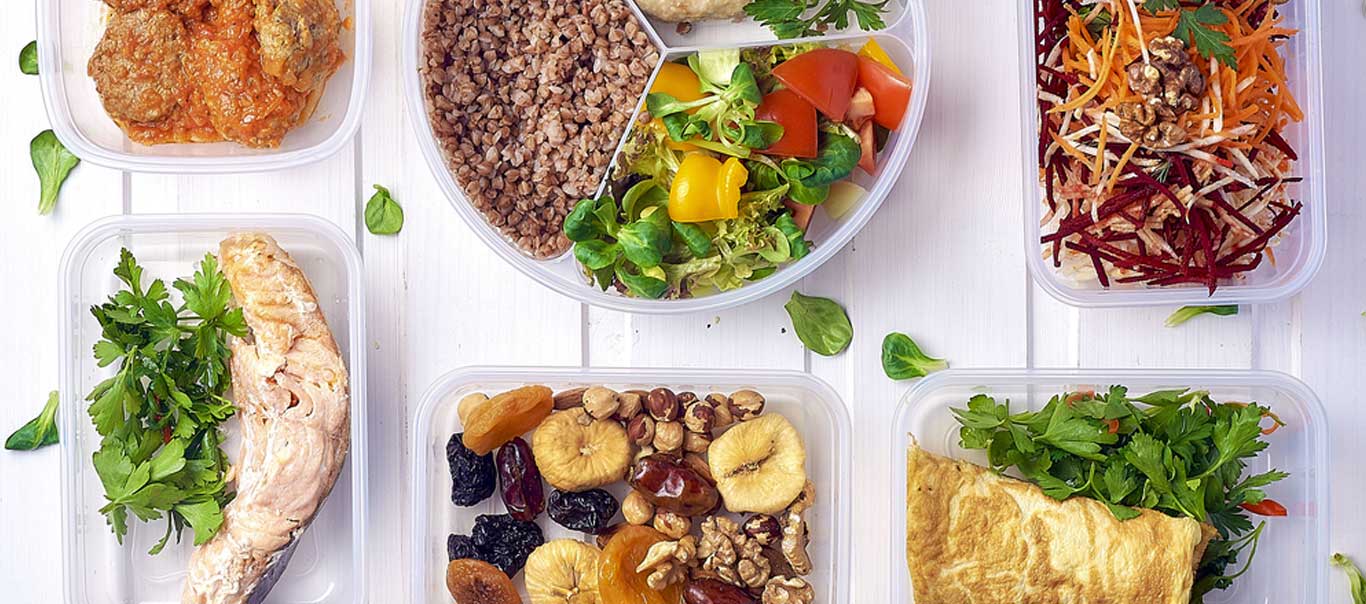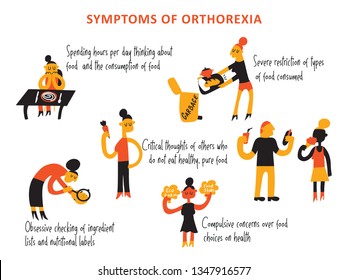
The way fat leaves your body is through three routes: Exhaled (or breath out), and finally converted to usable energy. Some of the water that results from the burning fat is lost to your body via sweat and urine. However, most of it is emitted through your respiratory tract. The lungs produce carbon dioxide from oxygen when they process it. This is what happens when you inhale CO2 that has been produced from fat burning. This process is called oxidation. Here are three major ways fat is eliminated.
Exhaled
Australian scientists discovered that breathing can lead to up to 18.5lbs of fat being exhaled. The body excretes carbon dioxide and water from exhaled. But, hyperventilating won't eliminate the fat. Exercise, on the other hand, increases oxygen demand, which leads to increased carbon exhalation. This ultimately leads to weight loss. It is important to maintain a healthy diet and exercise regimen.
Exercise can convert fat into carbon dioxide or water. The carbon dioxide is exhaled while the water is absorbed into the bloodstream and excreted via sweat and urine. The average daily exhalation of fat is eight and half kilograms. This means that your body exhales almost all its weight in water and carbon dioxide. Carbon dioxide can be converted to water by sweating and urine, and approximately 1.6kg of that is excreted as waste.

Breathe!
Most fat-related byproducts are expelled through the respiratory system. This includes water. Some water escapes in sweat and urine, but the majority of byproducts go through the body's respiratory systems as carbon dioxide. This CO2 mix with the CO2 that is produced by your lungs when you process oxygen. This is how fat can be exhaled.
Taken in through the nose and exhaled into thin atmosphere
Did you know that around one-half your fat is exhaled in thin air when you breathe? Your metabolism breaks down fat molecules. The fat cells in your body store a substance called triglyceride. Triglyceride consists of three kinds of atoms, one of which is carbon. The breakdown of triglyceride produces four-fifths water and eight-five% carbon dioxide. The rest of fat is excreted via urine or feces.
Converted to usable energy
You must understand how fat is converted to usable energy if you want to lose excess fat. Your body can't just turn it into usable energy; it must go somewhere. Fat cells are stored as adipose tissue, which is then converted to usable energy. The process of converting fat into usable energy doesn't happen 100% efficiently, and byproducts are created as a result. Among the waste products are water and carbon dioxide.

FAQ
Is it true?
Protein helps maintain healthy bones and tissue. Too much protein can cause calcium to be excreted through the urine. In turn, this can result in kidney stones.
It's important to note that not everyone gets kidney stones after eating more than 2 grams of protein per kilogram (2.2 pounds) of body weight. Some people can eat high amounts of protein without getting kidney stones.
You can prevent kidney stones by watching your sodium consumption. Sodium regulates the body's water balance. Too much sodium can lead to kidney stones.
You may also want to reduce your protein intake in the event of kidney stones. About half of adults' daily caloric intake is made up of protein. Reduce your intake of protein and you will likely lose weight.
If you do decide to eat more protein, don't go overboard. Limit your intake to 20% of your total daily protein intake.
Do Men Need A Gym Membership?
For men, a gym membership is not required. However, your money will be more valuable if you join a gym.
Many gyms offer free trial memberships that allow you to test the facilities before signing up for any monthly fees.
You can use our gym anytime you like and it's free. Your membership can be cancelled at any time you choose to love it or not.
What does butter have to do with men?
Butter is one source of saturated fats. This type is beneficial for healthy skin and hair as well as stronger bones.
Vitamin K, found in butter is an antioxidant that prevents bleeding from cuts. Vitamin K and vitamin B work together to prevent any bruising.
Butter is also rich in minerals, including calcium, phosphorous, and potassium. These elements encourage stronger bones.
Butter has its drawbacks. Butter contains high levels of cholesterol. Research has shown that high levels of cholesterol could increase your chances of developing cardiovascular disease.
Butter is also high in saturated fat which can lead to obesity and higher cholesterol.
However, if you must have butter, try spreading it on bread rather than dipping it into soup or salad. Bread absorbs less oil than pasta and potatoes.
Statistics
- Get free shipping and 25% off today. (healthline.com)
- Candidates and applicants must pass all four tests at 70% (minimum level) to graduate from Basic Deputy U.S. Marshal (BDUSM) Training. (usmarshals.gov)
- 10 pounds in a month is likely during a lean bulking phase, especially for beginners. (muscleandstrength.com)
- An estimated calorie range for moderately active adult males falls between 2,200 to 2,800 calories per day, depending on age. (eatright.org)
- Are You One of the 20% of Guys (mh.co.za)
External Links
How To
How can a man lose weight in just 30 days.
Breaking down your fitness goals into manageable steps is the best way to reach your goals.
This is why you should make sure that you're working toward your goal every day. This could be as simple as doing 10 pushups and running for 3km.
Positive results will be achieved if you do this consistently over time.
The key thing here is consistency. It is important to persevere until you succeed.
What's the difference between Aerobic Fitness & Anaerobic Fitness, and how can you tell?
Anaerobic fitness means that our bodies can perform intense physical work with no oxygen. Anaerobic pathways provide sufficient energy for high-intensity exercise. Anaerobic pathways include glycolysis, creatine phosphate, the phosphagen, lactic acid, etc.
Aerobic fitness, however, refers to the continuous practice of low-intensity aerobic exercise. Aerobic exercise is a form of aerobic exercise in which oxygen is the primary fuel source for the cells. In other words: The aerobic pathway gives more energy than that of the anaerobic.
For example, if you want to run a marathon, you must first build up your aerobic capacity. If you only focus on building up your anaerobic capacity, you won't be able to finish the race.
Aerobic fitness may also be known as cardiovascular fitness. The most common methods for assessing cardiovascular fitness include VO2 max testing or step tests.
VO2 Max Test
The maximum amount of oxygen (O2) the body can use during exercise is called VO2 max. This test measures how much oxygen the body can use while exercising.
This test is the best to determine your cardiovascular fitness. However, the test can only be administered by highly trained professionals and requires expensive equipment.
Step Tests
Step tests are an easy but powerful way to determine your cardiovascular fitness. Based on your age and weight, they involve running or walking on a track or treadmill for a specified time.
These tests can be conducted almost anywhere and are cheap, simple, and easy. You could, for instance, run on a treadmill for two minutes, rest for one minute, and then go back to the starting point for 20 minutes. Throughout the session, your heart rate should be within a certain range.
This is the "Bruce Protocol". Bruce was himself a runner and developed the protocol after realizing his heart rate wouldn't increase when he ran for longer distances.